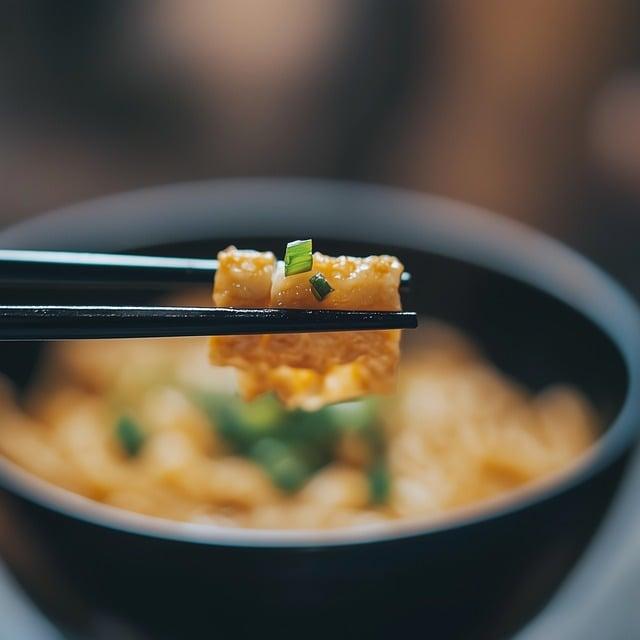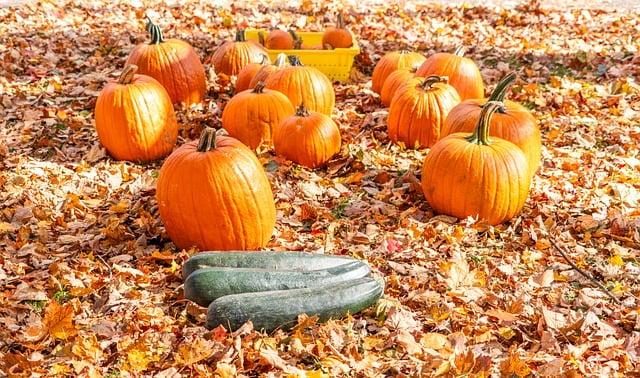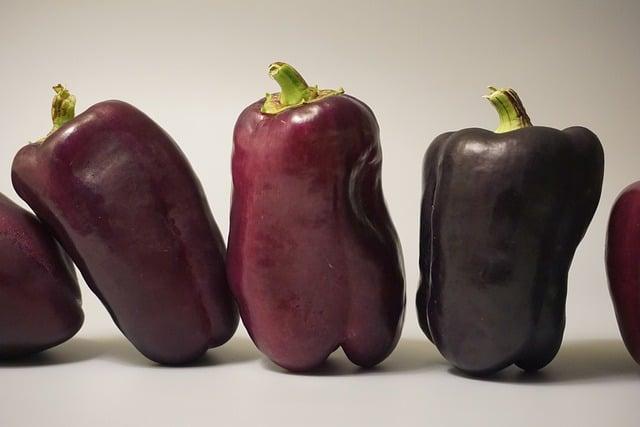Once upon a time, in a small village, the harvest was bountiful, and the people rejoiced. They gathered around a long wooden table, laden with golden turkey, vibrant squash, and sweet pies. As they feasted, they shared stories of gratitude for the land, the sun, and each other. One elder, with a twinkle in his eye, raised his glass and declared, “Let this meal be a celebration of thanks!” From that day on, the gathering became known as Thanksgiving dinner—a time to honor blessings, share love, and savor the fruits of their labor.
Table of Contents
- The Historical Roots of Thanksgiving Dinner
- Cultural Significance and Traditions Surrounding the Feast
- Modern Interpretations and Variations of Thanksgiving Dinner
- Tips for Creating Your Own Meaningful Thanksgiving Experience
- Q&A

The Historical Roots of Thanksgiving Dinner
The origins of the meal we now celebrate as Thanksgiving dinner can be traced back to the early 17th century, when English Pilgrims settled in North America. In 1621, the Pilgrims and the Wampanoag people came together for a harvest feast that lasted three days, marking a moment of cooperation and gratitude. This gathering was not initially called Thanksgiving; rather, it was a celebration of the successful harvest and a time to give thanks for the bountiful food. The menu likely included a variety of local ingredients, such as:
- Wildfowl – including ducks and geese
- Venison – provided by the Wampanoag
- Corn – in the form of cornmeal and possibly corn pudding
- Squash – a staple of the Native American diet
- Beans – often cooked with corn and squash
As the years progressed, the tradition of a harvest meal evolved, influenced by various cultural practices and regional ingredients. By the 19th century, the term “Thanksgiving” began to be associated with a specific day of giving thanks, particularly after President Abraham Lincoln proclaimed it a national holiday in 1863. The modern Thanksgiving dinner, characterized by turkey, stuffing, cranberry sauce, and pumpkin pie, reflects a blend of these historical influences, symbolizing a time for family gatherings and gratitude. The meal has become a cherished tradition, embodying the spirit of thankfulness that originated from those early harvest celebrations.

Cultural Significance and Traditions Surrounding the Feast
The Feast of Thanksgiving is steeped in rich cultural significance, reflecting a tapestry of traditions that have evolved over centuries. At its core, this celebration is a time for families and friends to gather, share a meal, and express gratitude for the blessings in their lives. The origins of Thanksgiving can be traced back to early harvest festivals, where communities came together to give thanks for a bountiful harvest. This spirit of gratitude is echoed in various customs, such as the preparation of traditional dishes that symbolize abundance and togetherness. Common elements of the feast include:
- Turkey: Often considered the centerpiece of the meal, it represents prosperity and is a nod to the early settlers’ harvest.
- Stuffing: A dish that varies by region, symbolizing the blending of cultures and flavors.
- Cranberry Sauce: A sweet-tart addition that highlights the seasonal bounty.
- Pumpkin Pie: A dessert that has become synonymous with the holiday, celebrating the fall harvest.
Traditions surrounding the feast also vary widely, influenced by regional customs and family heritage. Many families partake in the ritual of sharing what they are thankful for before the meal, fostering a sense of connection and reflection. Additionally, the day often includes community service, with many choosing to volunteer at shelters or donate food to those in need, reinforcing the values of generosity and compassion. As the holiday continues to evolve, it remains a poignant reminder of the importance of gratitude, community, and the shared human experience.

Modern Interpretations and Variations of Thanksgiving Dinner
As the traditional Thanksgiving dinner evolves, many families are embracing modern interpretations that reflect their unique cultural backgrounds and dietary preferences. This shift has led to a delightful array of dishes that go beyond the classic turkey and stuffing. For instance, some households now feature international flavors, incorporating dishes like:
- Mexican mole served alongside roasted vegetables
- Italian lasagna as a hearty alternative to turkey
- Indian curry that adds a spicy twist to the holiday table
Additionally, the rise of plant-based diets has inspired many to create entirely vegetarian or vegan feasts. These meals often highlight seasonal produce and innovative recipes that celebrate the spirit of gratitude without relying on traditional meat dishes. Popular options include:
- Stuffed acorn squash filled with quinoa and cranberries
- Cauliflower steaks seasoned with herbs and spices
- Pumpkin risotto that captures the essence of fall

Tips for Creating Your Own Meaningful Thanksgiving Experience
Creating a Thanksgiving experience that resonates with your values and traditions can transform the holiday into something truly special. Start by **reflecting on what gratitude means to you**. Consider writing down a list of things you are thankful for, which can serve as a conversation starter during dinner. You might also want to incorporate personal touches, such as **family recipes** or **decorations that hold sentimental value**. This not only honors your heritage but also creates a warm atmosphere that invites everyone to share their own stories and experiences.
Another way to enhance your Thanksgiving experience is by **engaging with your community**. Volunteer at a local shelter or organize a food drive to help those in need. This act of giving back can deepen your appreciation for the holiday and foster a sense of connection with others. Additionally, consider inviting friends or neighbors who may not have family nearby, creating a more inclusive environment. By focusing on **shared experiences** and **acts of kindness**, you can cultivate a Thanksgiving that is rich in meaning and joy, making it a celebration that everyone will cherish.
Q&A
-
What is the origin of the term “Thanksgiving”?
The term “Thanksgiving” dates back to the early 17th century, primarily associated with the harvest feast celebrated by the Pilgrims in 1621. It was a time to give thanks for a bountiful harvest and the assistance of Native Americans.
-
Why is dinner specifically highlighted in Thanksgiving?
Thanksgiving dinner is a central part of the celebration, where families gather to share a meal. It symbolizes unity and gratitude, often featuring traditional dishes that have been passed down through generations.
-
Are there any specific foods that define Thanksgiving dinner?
Yes, Thanksgiving dinner typically includes dishes like turkey, stuffing, cranberry sauce, and pumpkin pie. These foods have become staples, representing the harvest and the spirit of giving thanks.
-
How has the concept of Thanksgiving dinner evolved over time?
Thanksgiving dinner has evolved from a simple harvest celebration to a grand feast that varies by region and culture. While traditional foods remain, many families now incorporate diverse dishes that reflect their heritage and preferences.
As we gather around the table each year, the name “Thanksgiving dinner” serves as a reminder of gratitude and togetherness. It’s more than just a meal; it’s a celebration of history, family, and the spirit of giving thanks. Happy feasting!

大家好,我是彼得潘,專業的手法身體治療師。我喜歡探索和研究各種主題,並透過與人工智慧的合作分享專業、實用、有趣的文章。我們定期進行人工審核,以確保內容的準確性。如果您發現文章中有任何不準確的地方,請隨時與我們聯繫,我們會及時糾正。您可以透過 [email protected] 與我們聯繫。



